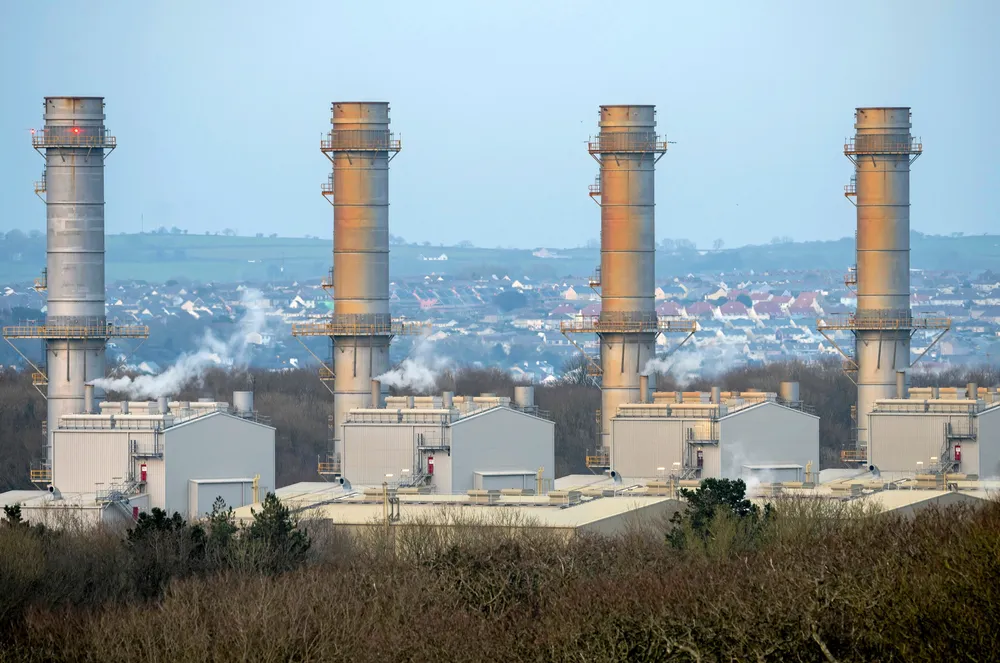EXCLUSIVE | UK government mulling plans to subsidise hydrogen power stations
Officials keen to keep existing gas-fired power plants on line by converting them to H2 — arguing they can provide back up for intermittent renewable supply

Officials keen to keep existing gas-fired power plants on line by converting them to H2 — arguing they can provide back up for intermittent renewable supply
